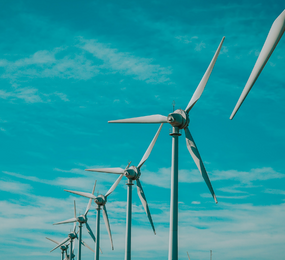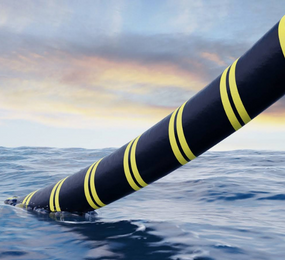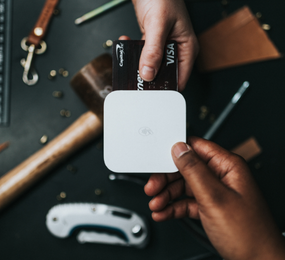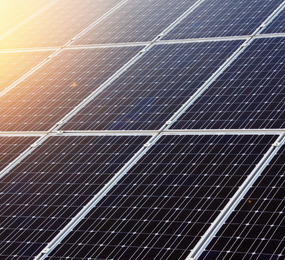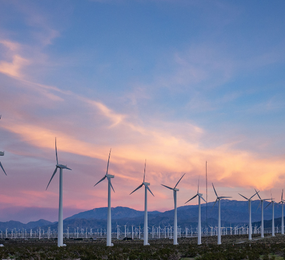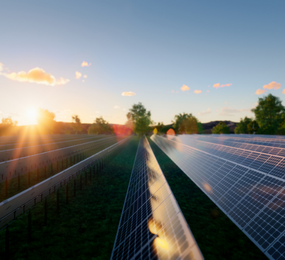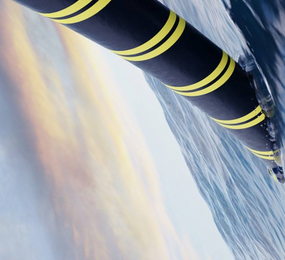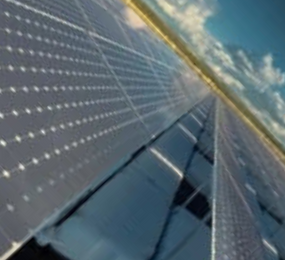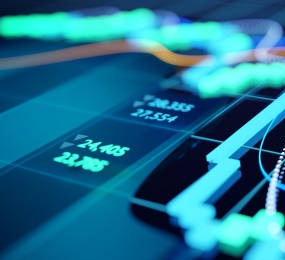Bioplastics are produced entirely or in part using microbes like yeast or sustainable biomass sources like sugarcane and corn. Under the correct circumstances, some bioplastics are compostable or even biodegradable. Biological processes can naturally recycle bioplastics made from renewable resources, reducing the need for fossil fuels and preserving the environment. Bioplastics are therefore environmentally friendly, generally biodegradable, and biocompatible.
In many industrial applications today, including food packaging, horticulture, composting bags, and hygiene, bioplastics have become essential. Additionally, bioplastics are utilised in biological, structural, electrical, and other consumer products. With the demand for plastic usage increasing globally, a lot of research is being done to investigate green materials and new processing techniques.
Bioplastics offer an alternative approach of packaging and are an effective way to reduce the consumption and waste of traditional plastics. Because they don't contain toxic additives like bisphenol A (BPA) or other chemicals, bioplastics are in high demand.
Bioplastics are quickly taking the place of traditional plastics in the manufacture of packaging. Bioplastic packaging is in high demand and makes up the greatest portion of the European bioplastic market, with 2.05 million tonnes of production in 2017.
Compost bags, agricultural foils, horticultural products, nursery products, toys, and textiles are examples of bioplastic packaging options. Additionally, they are frequently used for disposable plates, clingfilm, salad bowls, plates, and food containers.
Packaging made from biopolymers can typically be made using standard plastics processing technology, needing no special equipment, making it very simple for manufacturers to produce.
Because they can be injection moulded with properties similar to those of ordinary plastics without modifying any technology, bioplastics offer the electronic sector a fantastic opportunity to enhance their environmental credentials.
There’s plenty of other opportunities too, including touch screen computer casings, loudspeakers, headphones, keyboards, mobile phone casings, laptops, games consoles and vacuum cleaners.
Because of significant improvements in temperature resistance brought about by new technologies, bioplastic is now a viable alternative for many components used by the electronics industry.
To prevent environmental pollution and save the planet from suffocating, we have to reduce the use of regular plastics, and only the use of Bioplastics can do that. Our dependence on Non-Renewable resources that are more harmful to the environment can be reduced with the use of bioplastics. Join us on 1st - 2nd March, 2023 for the World Biopolymers and Bioplastics Innovation Forum, in Berlin, Germany so you don't feel left out in the industry!
To register or learn more about the Forum please check here: https://bit.ly/3TQ1k8m
For more information and group participation, contact us: [email protected]


